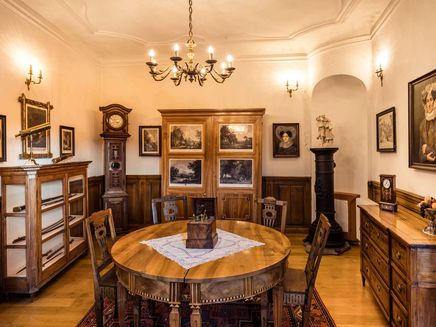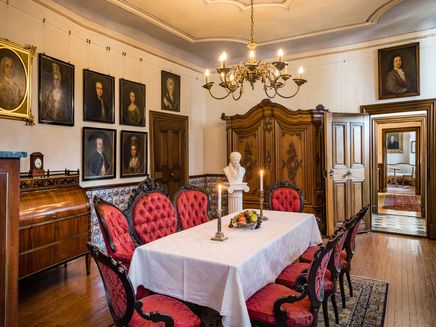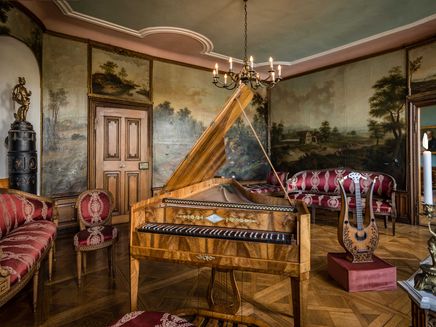Johann Wolfgang von Goethe could hardly have found more dramatic words when, several decades later, he described his foolhardy Mosel journey of 1 November 1792. The life-threatening adventure of the Weimar Privy Councillor seemed far removed from the leisurely punt tour taken by the most famous English painter of his era, William Turner through the idyllic river valley just a few decades later.
But it was certainly not one of his many educational trips that took Goethe to the Mosel region; instead, the poet had participated in the Campaign in France, with which the Prussian army aimed to drive the spectre of the 1789 Revolution out of Paris once and for all in the First Coalition War, so that he could “experience cannon fever at first hand”, as he himself put it. But the campaign ended in catastrophic disaster following the Battle of Valmy: nearly a third of the 60,000-strong army died of disease and invalidity during the retreat. Despite all the mortal danger that Goethe exposed himself to during his adventurous escape in the rowing boat, compared with the sad fate of the common soldiers, the poet prince travelled comparatively comfortably from Trier to Koblenz.
The light that, according to Goethe's memories, loomed so hopefully in the distance halfway through the journey, came from the Mosel town of Trarbach, where they landed shortly afterwards. The house in which the poet prince found friendly hospitality with the wealthy merchant Ludwig Böcking following his life-threatening escapade can still be visited today. In addition to Goethe, the Prussian Crown Prince and later King Friedrich-Wilhelm IV along with French poet Apollinaire later became guests in the stately city villa, which was built around 1755 by the wealthy merchant and state treasurer Johann Adolf Böcking according to the plans drawn up by the ducal Palatinate-Zweibrück chief architect Hauth in the style of the Trier Baroque, and which today houses a gem among the museums of the Mosel region.




